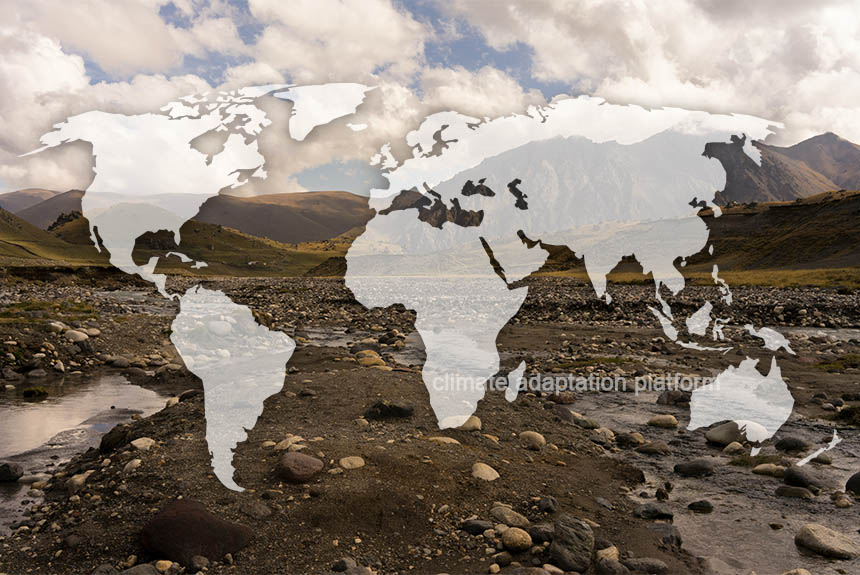Humanity’s significant increase in water usage compared to a century ago and the effects of climate change are creating a water gap. A water gap arises when human demand exceeds the renewable supply—from rivers, lakes, and shallow aquifers refreshed by rain.
Already, water gaps exist in many locations around the globe, resulting from rapid urban development, contamination, collapsed infrastructure, population growth and distribution, and poor management of water resources are creating high demands for water in many locations worldwide that exceed the supplies from river and underground aquifers can provide.
National Geographic, ESRI, and Utrecht University launched the World Water Map, built on hydrological models made by Utrecht University; consists of over 40 years of historical data and will be updated periodically to monitor water availability and demand changes.
The Map identified 22 hotspots where water gaps exist in the world and why they arise. These hotspots include the Central Valley in California, Mexico City, Japan, Java, Indonesia, the Nile River Delta in Egypt, and the Indus River Basin in Pakistan, among others.
These locations are facing crisis-level water scarcity due to the gap between human water demand and renewable water availability. These crises are exacerbated by several factors, including climate change, increased consumption, and economic development, which are straining the demand for water use for agricultural, municipal, industrial and livestock purposes.
The National Geographic writes: “Hotspots can be agricultural regions or cities. While groundwater depletion is driven by population growth and agricultural expansion, climate change is increasingly an aggravating factor: It worsens drought by heating the air and drying the soil, and also by concentrating rains in downpours that soil can’t absorb. Drought makes people pump more groundwater, and excess pumping can in turn reduce stream flow.”
“That doesn’t mean we shouldn’t be pumping groundwater; on the contrary, it is needed in many developing countries for safe water supplies. It does mean humans need to learn to manage groundwater more carefully. Africa and Asia have by far the lowest per capita freshwater renewal rates, according to the 2022 UN World Water Development Report.”
The World Water Map also provides information on global water demand and water shortages in various sectors like irrigation, domestic, and industrial water use. It combines scientific data with the power of storytelling to create awareness of water problems worldwide, increase understanding of the problem and inspire solutions for sustainable use of this precious resource.
Click the link to learn where and why these water shortages exist around the world: World Water Map.
Sources:
Mind The Water Gap. (n.d.) National Geographic. Retrieved from https://worldwatermap.nationalgeographic.org/
National Geographic Society and Utrecht University Launch World Water Map. (2023 March 20). National Geographic. Retrieved from https://blog.nationalgeographic.org/2023/03/20/world-water-map-launch/
UN World Water Development Report 2022 (2022, March 2021). United Nations. Retrieved from https://www.unwater.org/publications/un-world-water-development-report-2022



Leave a Reply